Purple coneflower
Purple coneflower (Echinacea purpurea) has striking blooms that attract a variety of butterflies, bees and even hummingbirds. Its seeds are eaten by birds and other wildlife.
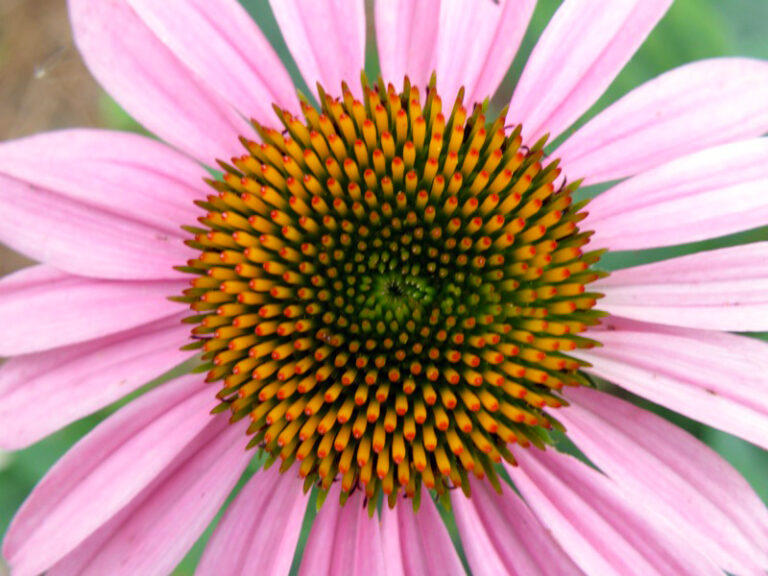
Purple coneflower (Echinacea purpurea) has striking blooms that attract a variety of butterflies, bees and even hummingbirds. Its seeds are eaten by birds and other wildlife.
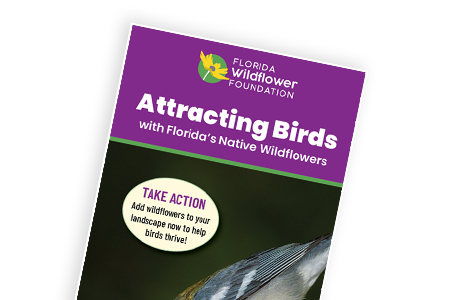
Bring birds into your landscape by planting Florida native wildflowers, grasses and shrubs that provide food and habitat. Learn more now. Versión en español disponible.
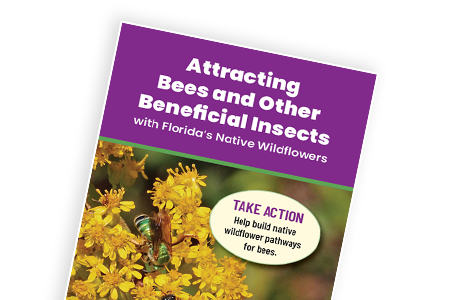
You can help provide food and habitat for Florida’s native bees and other beneficial insects by landscaping with native wildflowers. Versión en español disponible.
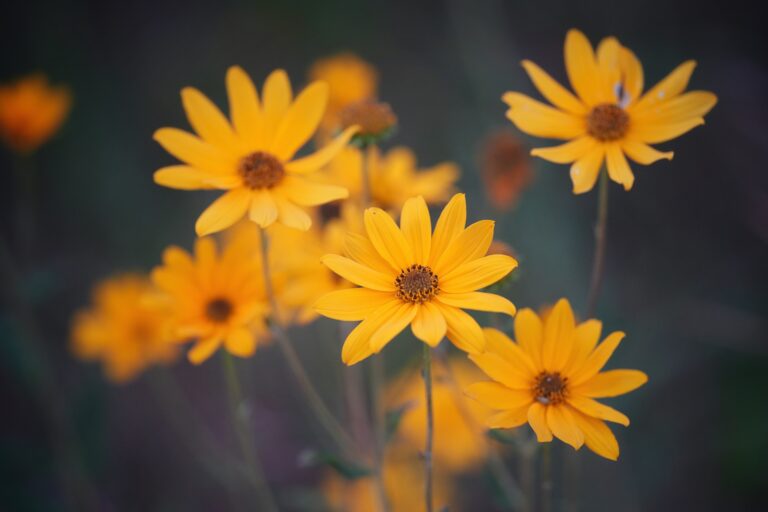
Asteraceae is the largest family of flowering plants with over 30,000 recognized species worldwide. Some of its most recognizable members include tickseeds (Coreopsis), our state wildflower, sunflowers (Helianthus) and asters (Symphyotrichum).
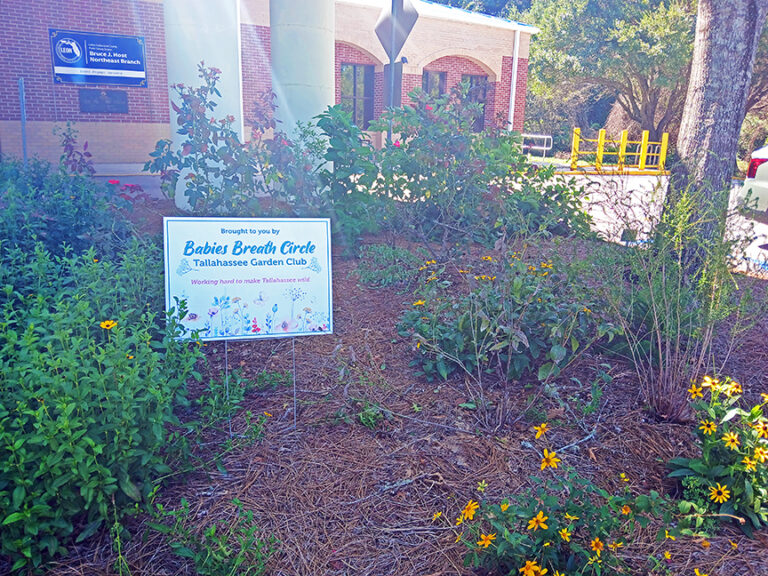
Bruce J. Host Northeast Branch Library in Tallahassee was selected to pilot the Seeds of Knowledge Library Demonstration Garden Grant in spring 2024.
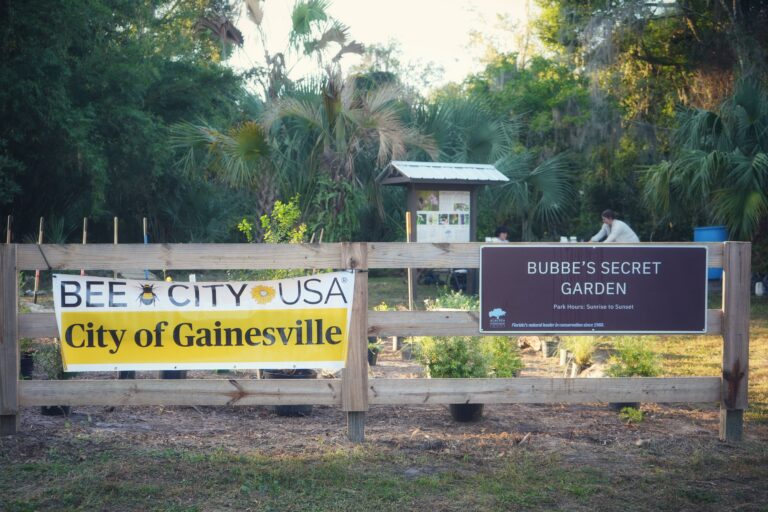
A native plant demonstration garden at ACT’s Bubbe’s Secret Garden: 1225 NW 4th St, Gainesville, FL 32601
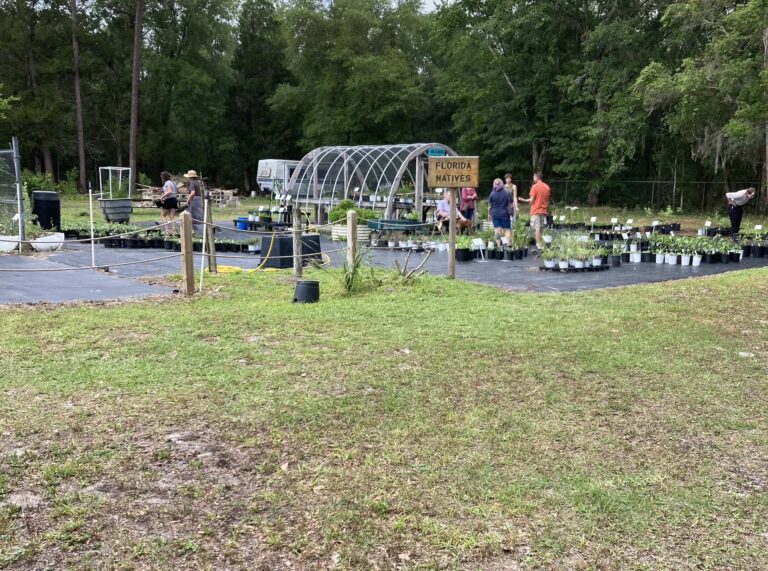
A native plant demonstration garden at Grow Hub: 2900 NE 8th Ave, Gainesville, FL 32609
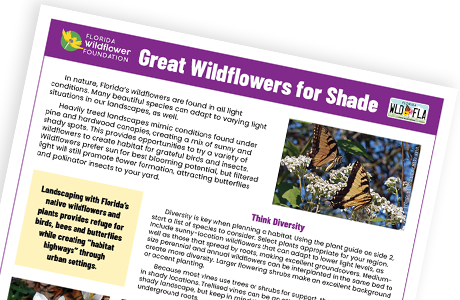
Wondering what native wildflowers and plants to use in a shady landscape? Use our new handout to evaluate your landscape’s light conditions and choose diverse species that will thrive and give your landscape a “real Florida” feel. Versión en español disponible.

You can help provide food and habitat for Florida’s butterflies by landscaping with native wildflowers. Learn more now. Versión en español disponible.
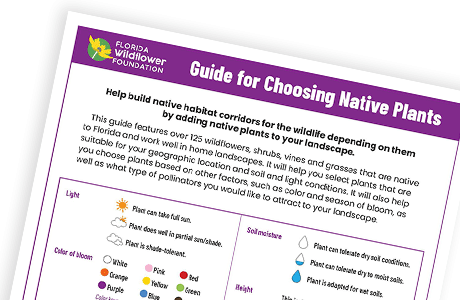
This guide includes over 120 Florida native wildflowers, shrubs, vines and grasses that work well in home landscapes. It will help you choose plants based on your location, soil and light conditions, color and season of bloom, and pollinator use. Versión en español disponible.
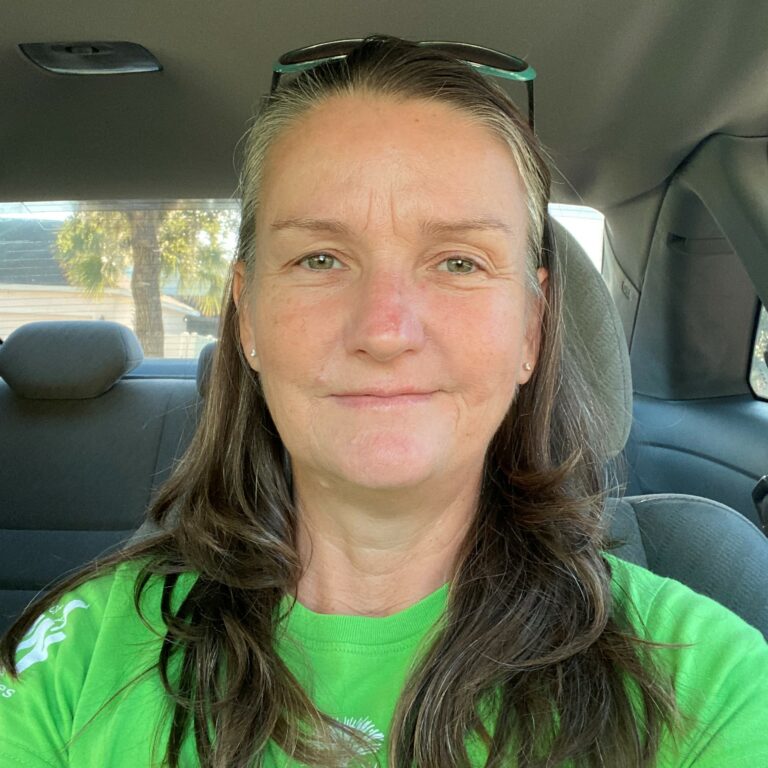
Kirsten supports the Foundation because it helps promote and educate about the use of Florida native plants, which is so important.
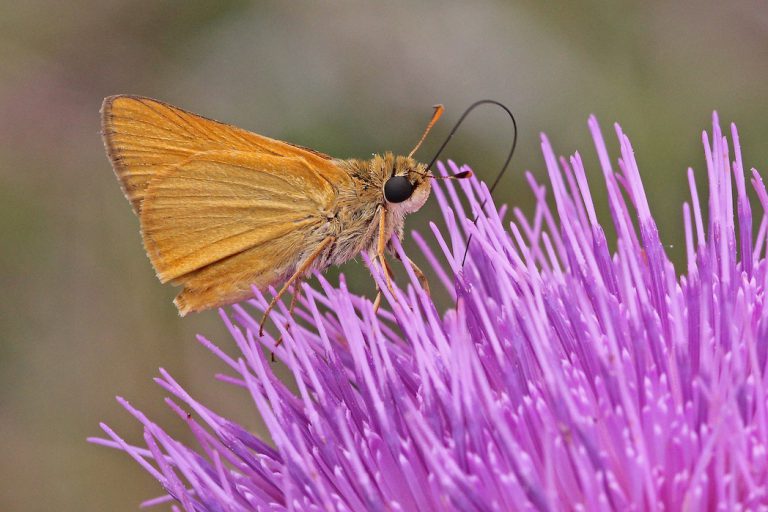
Originally named for the Delaware tribes of Native Americans near where this butterfly was discovered, the Delaware skipper is now found throughout the eastern United States.